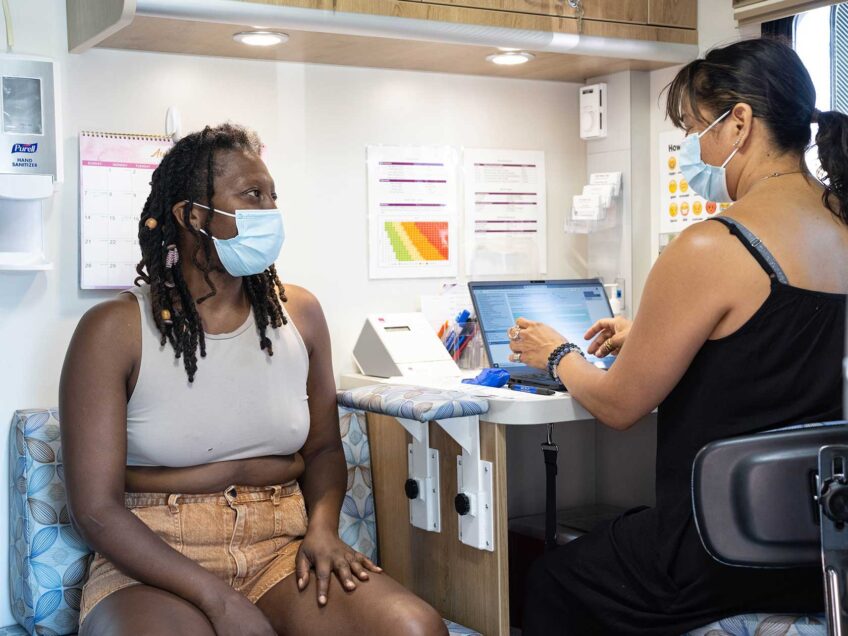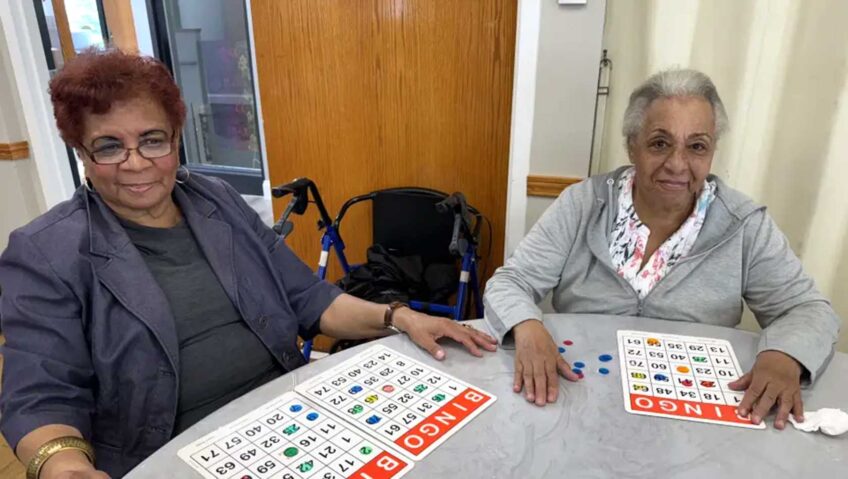New research from Brigham and Women’s Hospital could eventually lead to therapies that could further treatment and understanding of all kinds of debilitating addictions.
The study, published Sept. 25 in the journal Nature Mental Health, used neuroimages of the brains of people struggling with addiction to identify patterns in locations where their brains were affected. While the specific areas varied, researchers were able to identify one brain network that more than 90% of those areas were connected to.
The research comes as Massachusetts and the country grapples with an ongoing and worsening opioid epidemic. Last year, opioid-related overdose deaths increased in Massachusetts by 2.5% from the previous year, according to data released by the state. Black populations — especially men — saw the largest increase. Nationwide, according to the National Center for Drug Abuse Statistics, almost 50,000 people die every year from opioid-related overdoses.
Jacob Stubbs, who led the latest research when he served as a visiting scholar at Brigham and Women’s Hospital, said the study aimed to get a better understanding of where to target addiction treatments.
“The idea is, if we’re looking to improve our understanding and improve treatments of addiction, this is a small piece in hopefully improving that process, but the idea is we’re trying to get at the sort of ‘where’ we should try and target things,” Stubbs said.
The study considered areas of atrophy — places where regions of the brain shrank due to drug addiction.
The identification of a system that seems to be connected to addiction generally is a big development, but not surprising, said Dr. Aaron Boes, a professor of neurology at the University of Iowa who did one of the first studies looking at neural imaging of brain lesions. The same system that the study identified has connections to other symptoms related to psychiatry.
Boes, who was not involved with the Brigham and Women’s study but has previously worked with some of the researchers, said the scope of the work, with thousands of cases considered, was ambitious, and a natural step forward from work that researchers at the hospital — including Boes — had already done.
That previous research identified a series of brain lesions — damaged areas — that disrupted addiction to nicotine.
“I think it’s actually an exciting approach that helps us show that disparate fields of neuroimaging are actually come into the same conclusion,” Boes said.
Stubbs, too, said the intersection between decades of brain imaging research with the new research on brain lesions is a positive step forward.
“It’s sort of a synthesis of nearly 150 previous [brain imaging] studies and this really exciting lesion dataset,” he said. “That makes us hope that we’re starting to understand the circuitry underlying addiction a little bit more.”
The ability to point to a network in the brain where effects from addiction tend to present is an important step in potentially decreasing stigma around addiction, said Jacqueline Gott, director of nursing at the Dimock Center, which has an extensive treatment system for treating addiction.
Gott said specific imaging evidence might help show people that addiction is an actual disease like any other.
“I think as people, we kind of want to want to see a lab value or an imaging change or something that proves that this is a disease,” she said. “I think that’s where we struggle with substance use disorder or mental illness sometimes, in recognizing them as truly disease processes, just like diabetes or cardiac disease or anything else.”
The work also represents the potential to develop more specific treatments for addiction.
“Much like any disease, the more targeted we can provide treatments, the better the outcomes will be,” Gott said.
Currently, many treatments use medication or other techniques to focus on addiction to a specific substance, like providing methadone to manage opioid addiction.
New treatments would enter a field of addiction medicine that Gott said is developing, though not as quickly as she would like it to, and are much needed.
“I’ve heard many times, like, ‘I don’t want to die, but I don’t want to live like this anymore’— just complete hopelessness and feeling kind of powerless against the disease,” she said.
What new treatments might engage this discovery remain to be seen, but the researchers pointed to novel treatments like transcranial magnetic stimulation, which uses magnetic fields to stimulate parts of the brain. The new research could offer a location for such techniques to target.
Gott hopes work on those new treatments might bring hope to people struggling with addiction.
“It’s this constant internal fight with their own brain that they really sometimes don’t see any hope of getting out of,” Gott said. “I think just sharing the developments with the people who are struggling, and showing that there’s hope on the horizon and now there are other treatments that are coming — it gives people hope for being able to really get better and stop that internal fight at some point.”






